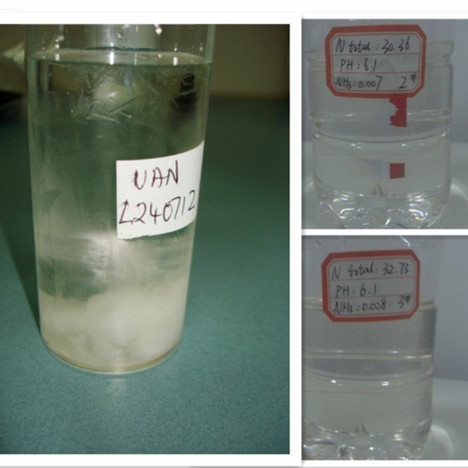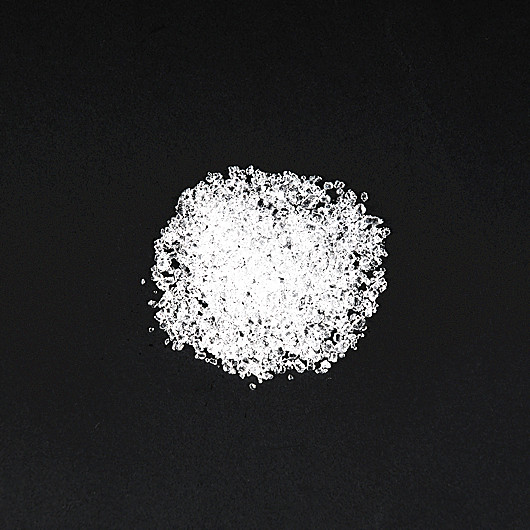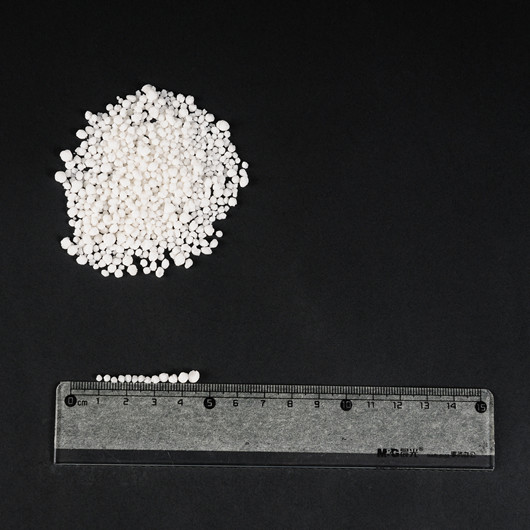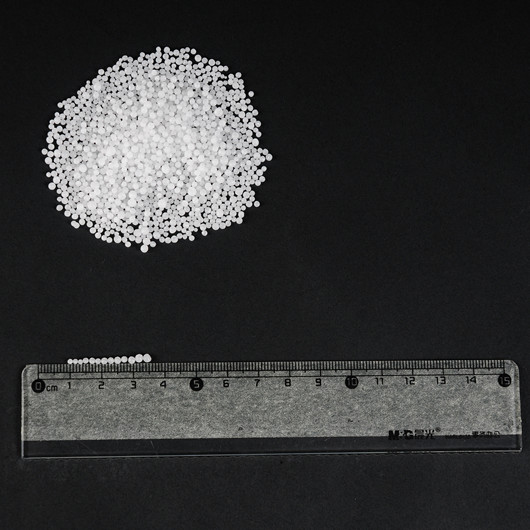Understanding Urea Fertilizer
Urea, a compound comprising nitrogen, is renowned for its pivotal role in plant growth. When applied as fertilizer, urea undergoes hydrolysis in the soil, converting into ammonia and carbon dioxide. The released ammonia subsequently converts into ammonium, a form of nitrogen readily assimilated by plants. This mechanism facilitates robust growth and lush foliage in roses.
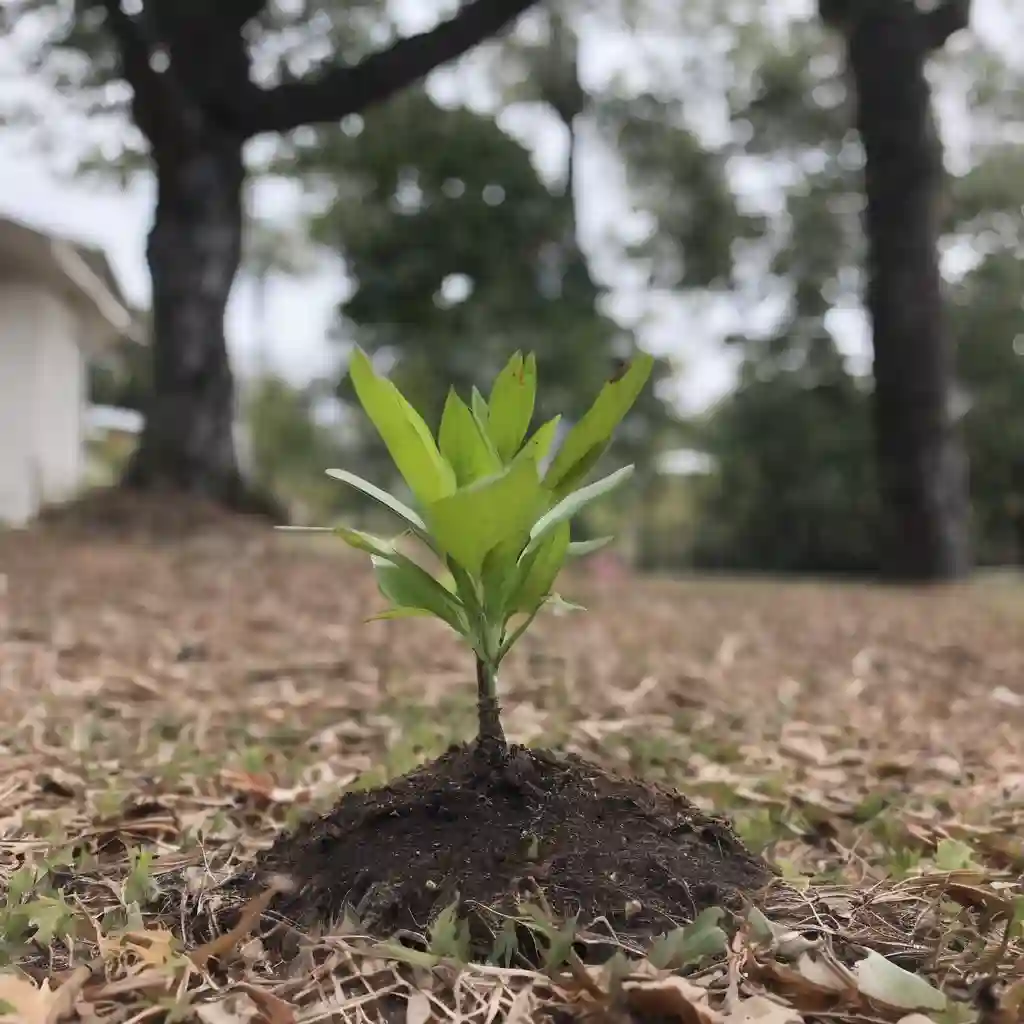
The Superiority of San Corporation's Urea Fertilizer
San Corporation stands as an epitome of excellence in urea fertilizer production. Leveraging cutting-edge technology and stringent quality control measures, San Corporation ensures that their urea fertilizer embodies unparalleled efficacy and purity. By adhering to meticulous production protocols, they guarantee a product that optimally nourishes rose plants, promoting vigorous growth and exquisite blossoms.
Benefits of San Corporation's Urea Fertilizer for Rose Plants
Enhanced Nitrogen Utilization
San Corporation's urea fertilizer is formulated to maximize nitrogen absorption by rose plants, fostering robust vegetative growth and abundant flowering.
Balanced Nutrient Composition
Beyond nitrogen, San Corporation's urea fertilizer contains essential micronutrients crucial for overall rose health, including phosphorus, potassium, and trace elements.
Long-lasting Effects
The slow-release formulation of San Corporation's urea fertilizer ensures sustained nutrient availability, prolonging the beneficial impact on rose plants and minimizing the need for frequent reapplication.
Environmental Responsibility
San Corporation prioritizes environmental sustainability in fertilizer production, employing eco-friendly practices that minimize ecological footprint while maintaining product efficacy.
Application Recommendations
For optimal results, incorporate San Corporation's urea fertilizer into a comprehensive rose care regimen. Apply the fertilizer during the growing season, ensuring even distribution around the base of the plants. Regular monitoring of soil nutrient levels and plant health will facilitate adjustments to fertilizer application rates as needed, ensuring consistent vitality and bloom brilliance.
How to mix urea fertilizer with water?
Mixing urea fertilizer with water is a straightforward process, and it's commonly done to create a liquid fertilizer solution for application to plants such as rose. Here's a step-by-step guide:
Choose the Right Urea Fertilizer: Ensure you have urea fertilizer suitable for water-soluble application. Some urea fertilizers are specifically designed for this purpose, while others may not dissolve well in water.
Calculate the Correct Dilution Ratio: Refer to the fertilizer packaging or instructions to determine the recommended dilution ratio. This ratio specifies how much fertilizer to mix with water to achieve the desired concentration for application. It's essential to follow this ratio accurately to avoid over or under-fertilizing your plants.
Prepare a Container: Select a clean container large enough to hold the desired amount of fertilizer solution. Avoid containers made of reactive materials like metal, as urea fertilizer can corrode certain metals. Plastic or glass containers are generally suitable.
Measure Water: Measure the appropriate amount of water needed for the dilution. Use clean, preferably distilled water to prevent impurities from affecting the fertilizer solution.
Add Urea Fertilizer: Carefully measure the correct amount of urea fertilizer according to the dilution ratio determined earlier. Add the fertilizer to the container of water. It's essential to handle urea fertilizer with care, avoiding contact with skin and eyes, as it can be irritating.
Stir Thoroughly: Use a stirring rod or spoon to mix the urea fertilizer into the water thoroughly. Ensure that the fertilizer granules dissolve completely to create a homogeneous solution. This may take a few minutes of stirring.
Allow Dissolution: Let the fertilizer solution sit for a short while to ensure complete dissolution of the urea granules. Stir occasionally to help facilitate the process.
Application: Once the urea fertilizer is fully dissolved, it's ready for application to plants. Transfer the fertilizer solution to a watering can or sprayer for easy and even distribution over the soil around the plants. Apply the fertilizer according to the recommended application rates and frequency for your specific plants.
Clean-Up: After use, clean the container and any tools used for mixing to prevent contamination or residue buildup. Dispose of any unused fertilizer solution responsibly, following local regulations for chemical waste disposal if applicable.
By following these steps, you can effectively mix urea fertilizer with water to create a liquid fertilizer solution suitable for nourishing your rose and other plants.
How to calculate urea fertilizer?
Calculating the amount of urea fertilizer needed for a specific area or plant such as rose depends on various factors, including the nutrient requirements of the plants, soil conditions, and the desired application rate. Here's a general guide on how to calculate urea fertilizer application:
Determine Nutrient Requirements: Understand the nutrient needs of the plants you are fertilizing. For example, nitrogen (N) is the primary nutrient provided by urea fertilizer, so consider the nitrogen requirement based on the plant type, growth stage, and soil conditions.
Soil Test: Conduct a soil test to assess the existing nutrient levels in the soil. Soil testing helps determine the soil's nutrient deficiencies and pH levels, which influence fertilizer requirements. Many agricultural extension offices or soil testing laboratories offer soil testing services.
Set Application Rate: Determine the desired application rate of urea fertilizer based on the recommended nitrogen (N) application rate for your specific plants and soil conditions. This rate is usually expressed in pounds or kilograms of nitrogen per acre/hectare or per square foot/meter.
Calculate Total Nitrogen Needed: Multiply the desired nitrogen application rate by the area to be fertilized to calculate the total nitrogen needed. For example:Total Nitrogen Needed (in pounds or kilograms) = Nitrogen Application Rate (per unit area) × Area to be Fertilized
Determine Urea Fertilizer Analysis: Urea fertilizer typically contains a specific percentage of nitrogen by weight, known as its nitrogen content or analysis. Common urea fertilizers may have nitrogen contents ranging from 46% to 46-0-0 (46% nitrogen, 0% phosphorus, 0% potassium).
Calculate Amount of Urea Fertilizer Needed: Divide the total nitrogen needed by the percentage of nitrogen in the urea fertilizer to determine the amount of urea fertilizer required. Here's the formula:Amount of Urea Fertilizer Needed (in pounds or kilograms) = Total Nitrogen Needed / Percentage of Nitrogen in Urea FertilizerFor example, if the urea fertilizer has a nitrogen content of 46%:Amount of Urea Fertilizer Needed = Total Nitrogen Needed / 0.46
Adjust for Efficiency and Soil Conditions: Consider factors such as fertilizer efficiency, soil type, and environmental conditions that may affect nutrient availability and plant uptake. Adjust the calculated amount of urea fertilizer accordingly.
Application Method: Determine the method of fertilizer application, whether broadcast spreading, banding, or incorporation into the soil, based on the plant's requirements and cultivation practices.
By following these steps and considering the specific needs of your rose or other plants and soil, you can accurately calculate the amount of urea fertilizer required for effective fertilization.
Conclusion
In the realm of rose cultivation, the choice of fertilizer profoundly influences plant health and aesthetics. San Corporation's urea fertilizer emerges as a beacon of excellence, offering a holistic solution to augment the growth and beauty of rose plants. Through its commitment to quality and innovation, San Corporation continues to elevate the standards of urea fertilizer production, empowering gardeners worldwide to nurture thriving rose gardens of unparalleled splendor.
FAQ
1. What is urea fertilizer, and why is it beneficial for rose plants?
Urea fertilizer is a concentrated source of nitrogen, an essential nutrient for plant growth. It plays a crucial role in promoting lush foliage, robust stems, and vibrant blooms in rose plants. Urea fertilizer provides a readily available form of nitrogen that supports healthy development throughout the growing season.
2. How does urea fertilizer work in nourishing rose plants?
When applied to the soil, urea fertilizer undergoes hydrolysis, converting into ammonia and carbon dioxide. The ammonia subsequently converts into ammonium, a form of nitrogen readily absorbed by plants' roots. This process ensures efficient nutrient uptake, leading to enhanced growth and flowering in rose plants.
3. What distinguishes San Corporation's urea fertilizer for rose plants?
San Corporation's urea fertilizer stands out for its exceptional quality and efficacy. Produced using advanced manufacturing processes and adhering to strict quality control measures, San Corporation ensures a product of unparalleled purity and potency. This fertilizer is specifically formulated to meet the unique nutrient requirements of rose plants, promoting healthy growth and vibrant blooms.
4. How should San Corporation's urea fertilizer be applied to rose plants?
San Corporation's urea fertilizer can be applied to rose plants by evenly distributing it around the base of the plants. It's essential to follow the recommended application rates provided by San Corporation or based on soil test results to avoid over-fertilization. Application should be done during the growing season, and the fertilizer should be watered in thoroughly after application.
5. Is San Corporation's urea fertilizer environmentally friendly?
Yes, San Corporation prioritizes environmental sustainability in fertilizer production. The company employs eco-friendly practices aimed at minimizing environmental impact while maintaining product efficacy. By adhering to stringent environmental standards and utilizing responsible manufacturing processes, San Corporation ensures that its urea fertilizer contributes to sustainable agriculture practices.
6. Can San Corporation's urea fertilizer be used for other plants besides roses?
While San Corporation's urea fertilizer is specially formulated for rose plants, it can also benefit a wide range of other flowering and non-flowering plants. The high-quality nitrogen content in the fertilizer promotes healthy growth and development in various plant species. However, it's essential to consider the specific nutrient requirements of different plants and adjust application rates accordingly.
7. How often should San Corporation's urea fertilizer be applied to rose plants?
The frequency of urea fertilizer application depends on various factors, including soil fertility, weather conditions, and plant growth stage. As a general guideline, San Corporation recommends applying their urea fertilizer at regular intervals throughout the growing season. However, it's crucial to monitor plant health and adjust application frequency based on observed growth patterns and nutrient needs.
8. Is San Corporation's urea fertilizer suitable for organic gardening practices?
San Corporation's urea fertilizer is a synthetic product, which may not align with strict organic gardening standards. However, it provides an effective option for conventional gardening practices aimed at maximizing plant growth and productivity. Gardeners seeking organic alternatives may explore certified organic fertilizers that meet organic certification criteria.
9. Are there any precautions to consider when using urea fertilizer for rose plants?
When handling urea fertilizer, it's essential to follow safety precautions to avoid skin and eye contact. Wear protective clothing, gloves, and eye protection when applying the fertilizer. Additionally, store urea fertilizer in a cool, dry place away from children and pets. Over-application of urea fertilizer can lead to nutrient imbalances and potential damage to plants, so it's crucial to adhere to recommended application rates and guidelines.
10. How can I purchase San Corporation's urea fertilizer for my rose plants?
San Corporation is the largest manufacturer and supplier of urea fertilizer in China. We specialize in wholesale services and offer customizable branding options for urea packaging, tailored to your preferences. With competitive pricing and a steadfast commitment to quality assurance, our products have garnered acclaim from numerous satisfied customers. If you're interested in ordering products from San Corporation, please don't hesitate to contact us.
